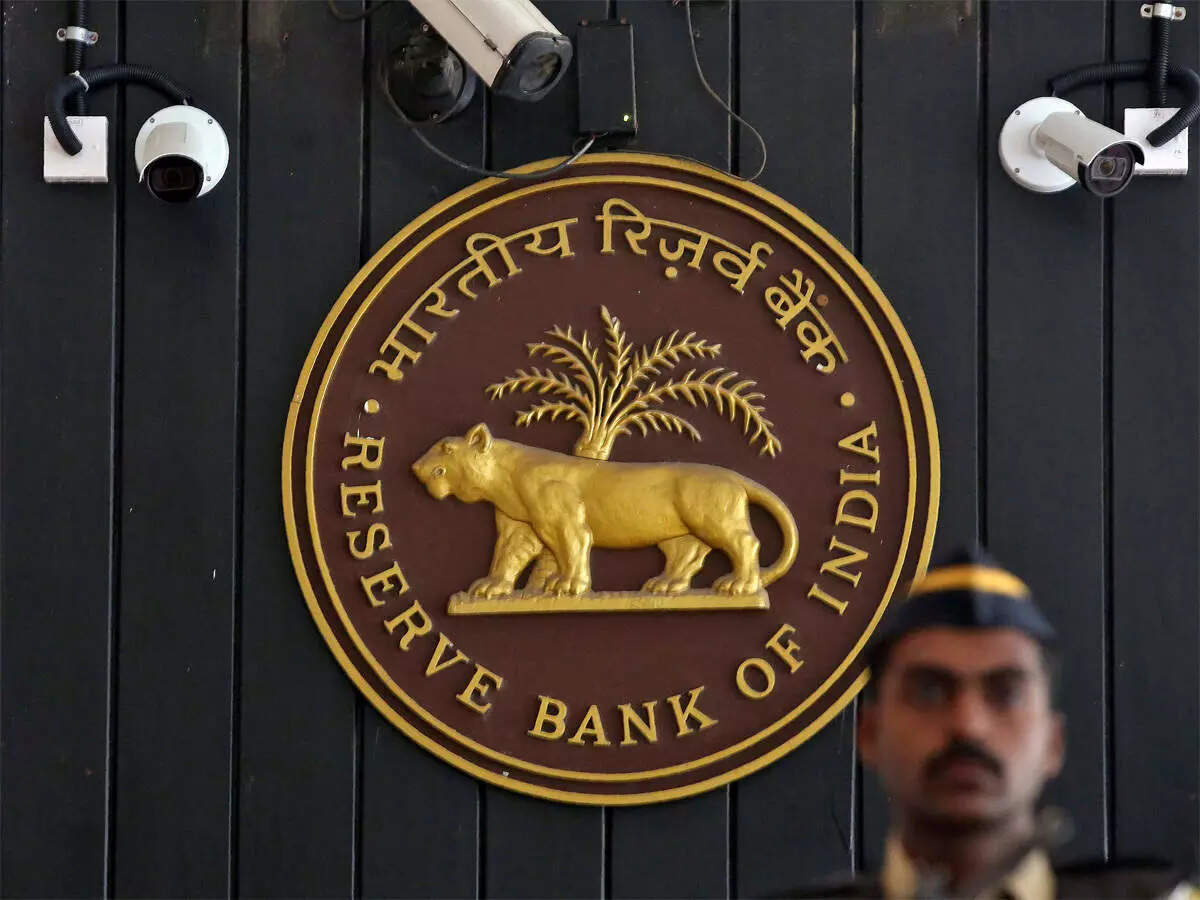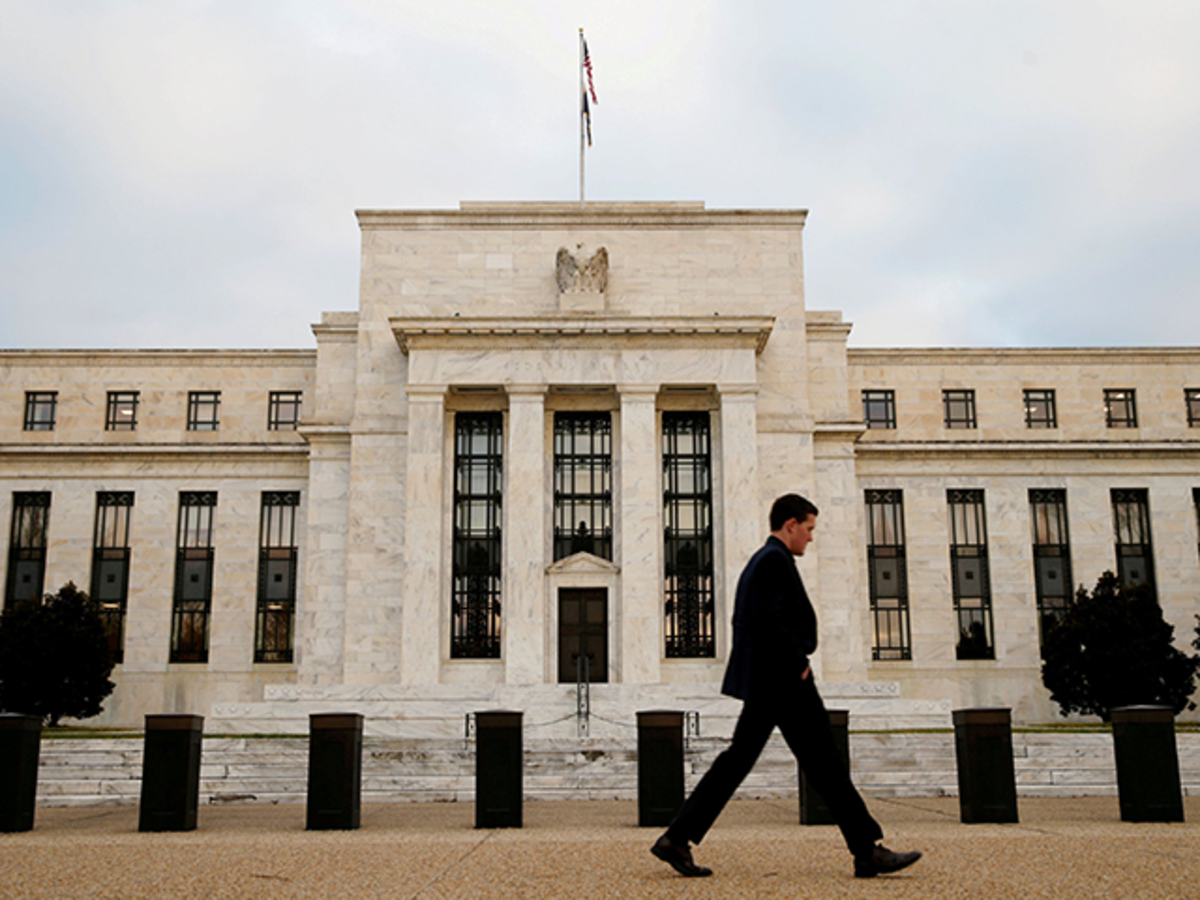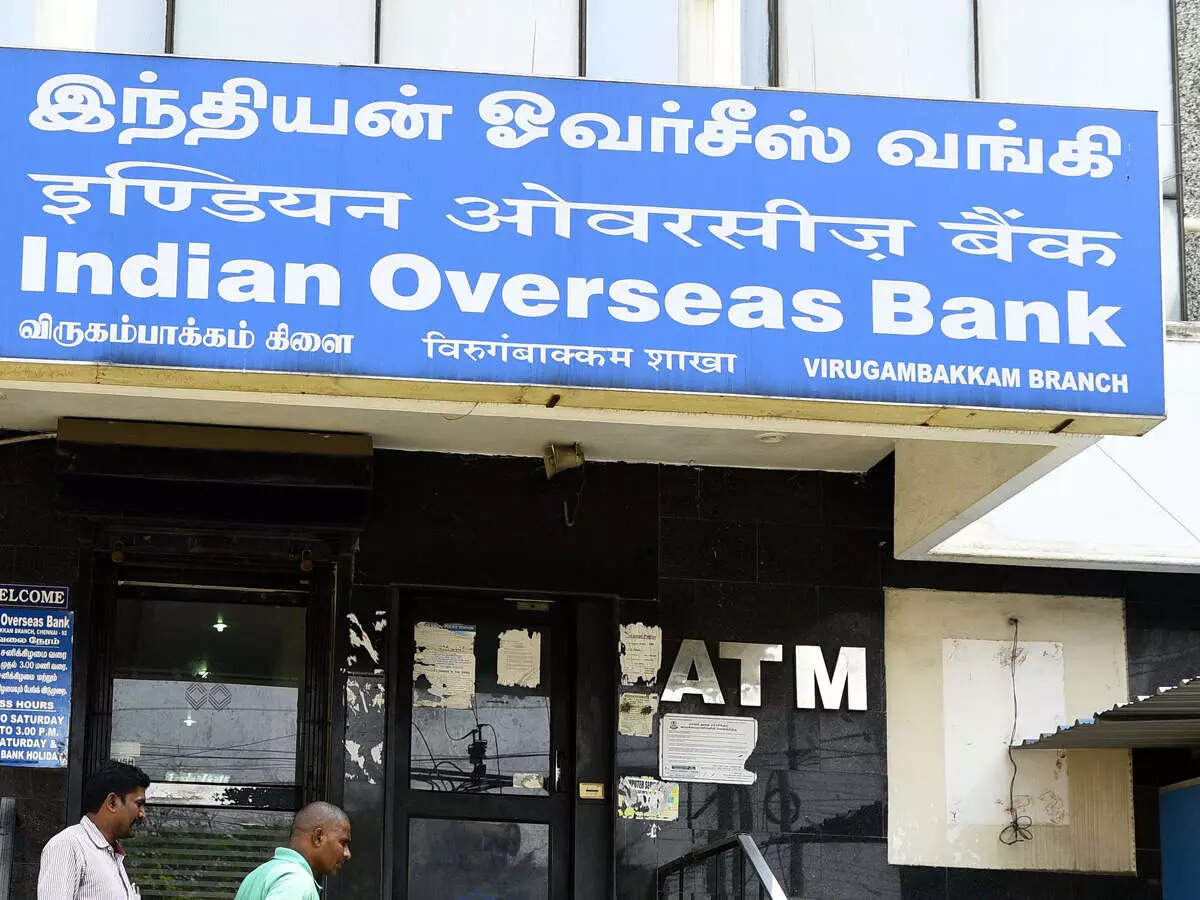The indices were volatile this week, in line with its global peers, while the broader market indices continued to outperform. The BSE Sensex breached its 60,000-mark, while the Nifty extended its winning run to five weeks in a row on Wednesday, posting the longest weekly gaining streak since 20 December 2020.
However, overall, the indices were muted this week, with experts suggesting indices may see further correction on concerns over global economic recovery and US inflation.
Stock specific moves, cues from Asian markets, US debt ceiling crisis and uptick in bond yield, strong vaccination numbers were key driving factors this week.
Monday Closing bell: Benchmark indices end flat with positive bias, Nifty Bank up nearly 1%
The BSE Sensex pared 334 points from the day’s high to end 29 points higher at 60,078, while the NSE Nifty50 closed at 17,855. During the day, the Sensex logged a fresh record high of 60,412.
The broader market indices underperformed the benchmark Sensex, as the BSE Midcap closed flat and BSE Smallcap down 0.13%.
The Nifty PSU Bank ended flat with positive bias gaining 0.48%, the Nifty Bank ended 0.90% higher at 38,171, and the Nifty Financial Services ended 0.41% higher at 18,706. SBI and HDFC Bank were among top gainers, while Bajaj Finserv was the top laggard, losing more than 2%.
Tuesday Closing bell: Indices bleed, financials highly underperform
After crashing nearly 1,000 points, Sensex recovered from its day’s low to finally close at 59,668, down 0.68%. The Nifty, meanwhile, tumbled 0.60% to end at 17,749.
The broader market also declined, in tandem with the benchmarks. The BSE Midcap index lost 0.71% and the BSE Smallcap 0.62%.
After a volatile session, Nifty PSU Bank gained 1.24% closing at 2,398. Bank Nifty ended in the red, losing 0.59% to end at 37,945, while Nifty Financial Services ended 0.92% lower at 18,534. Kotak Mahindra Bank was among the top gainers, while Bajaj Finance, Bajaj Finserv, ICICI Bank and Induslnd Bank were top laggards.

Wednesday Closing bell : Indices volatile for second day; PSU Banks gain over 2.5%, financials fall
Indices remained volatile for the second day in a row on Wednesday, ending with losses. S&P BSE Sensex recovered from intraday lows and closed 0.43% lower at 59,4113. NSE Nifty 50 turned positive during the day but failed to hold gains and closed 0.21% lower at 17,711.
Midcap and Smallcap indices outperformed benchmark indices, closing with gains.
Nifty PSU Banks finished the day with 2.72% gains, while Nifty Bank slipped 0.53% ending at 37,743. Nifty Financial Services closed 0.88% lower at 18,371. HDFC was among the worst-performing Sensex constituents, falling 2.15%, followed by Axis Bank, Kotak Mahindra Bank and HDFC Bank.
Thursday Closing bell: Indices witness 3-day losing streak, both down 0.5%
Domestic headline indices ended with losses for the third consecutive session, with the Sensex witnessing a tug of war between gains and losses for most of the day to end 0.48% lower at 59,126. The Nifty50 dropped 0.53% to close at 17,618.
Nifty PSU Bank Index maintained its winning streak, closing with 0.80% gains. Nifty Bank, however, fell below the 37,500-mark, down 0.84% to close at 37,425, while Nifty Financial Services closed 0.37% lower at 18,303.
Bajaj Finserv was the top Sensex gainer, jumping 2.19%, followed by Bajaj Finance. Axis Bank, SBI and Kotak Mahindra Bank were among the top drags.
Friday Closing Bell: Sensex, Nifty witness losses for fourth day, both down 0.5%
Indices settled in the red for the fourth straight day on Friday, with Sensex closing 0.6% lower at 58,766, and the Nifty50 falling 0.5% to close at 17,532.
Nifty PSU Bank index continued its winning streak for the fourth consecutive session, closing 1% higher. Nifty Bank, however, fell more than half a percent to close at 37,225, while Nifty Financial Services closed 0.91% lower at 18,137.
Bajaj Finserv fell more than 3%, and Bajaj Finance, ICICI Bank and Induslnd Bank were among top laggards. Muthoot Finance gained over 5%, and Au Small Finance Bank, Bandhan Bank, PNB were among top gainers.
Key Industry takeaways
Icra revises up FY22 GDP growth forecast to 9%
Ratings agency Icra on Monday revised up its 2021-22 real GDP growth estimate for India to 9 percent from the earlier 8.5 percent. A ramp-up in COVID-19 vaccination, healthy advance estimates of kharif (summer) crop and faster government spending were the factors which led to the revision, the agency said in a statement. Icra on Monday said it expects the second half of the fiscal year to have brighter prospects.
Aditya Birla Sun Life AMC IPO fully subscribed on Day 2

The initial public offer of Aditya Birla Sun Life AMC Limited was fully subscribed on the second day on Thursday. The Rs 2,768.25crore initial share sale received bids for 2,99,46,460 shares against 2,77,99,200 shares on offer, translating into 1.08 times subscription, according to an update on the NSE.
The qualified institutional buyers (QIBs) category was subscribed 6 per cent, non-institutional investors 40 per cent and retail individual investors (RIIs) two times. The initial public offer is of 3,88,80,000 equity shares.
RBI extends MSF facility for banks until March next year

The Reserve Bank of India (RBI) on September 28 said it has extended the marginal standing facility (MSF) relaxation for banks until March 31. Earlier, this facility was given till September 30.
Under MSF facility, banks are allowed to avail of funds by dipping into the Statutory Liquidity Ratio (SLR) by up to an additional one percent of net demand and time liabilities (NDTL), i.e., cumulatively up to 3 percent of NDTL.
“With a view to providing comfort to banks on their liquidity requirements as also to enable them to continue to meet LCR requirements, it has been decided to continue with the MSF relaxation for a further period of six months, i.e., up to March 31, 2021,” the RBI said.
US Fed’s tapering inclination may impact India’s FPI inflows, says CARE Ratings

The US Federal Reserve’s indication of tapering asset purchases is likely to impact the flow of funds into Indian markets, but may not be immediate, CARE Ratings said in a report.
The tapering is likely to affect India’s foreign portfolio inflows. Earlier when the Fed had announced tapering in 2013, FPI inflows to India had shrunk in the 2015-18 period.
RBI lifts PCA curbs on Indian Overseas Bank

The Reserve Bank of India on 29, September lifted Prompt Corrective Action restrictions from the Indian Overseas Bank, the central bank said in a release.
The decision came after the bank reported its earnings for the year ended March 31, 2021, and the RBI observed that IOB was not in breach of the PCA parameters. IOB has also provided a written commitment that it would comply with the norms of Minimum Regulatory Capital, Net NPA and Leverage ratio on an ongoing basis




